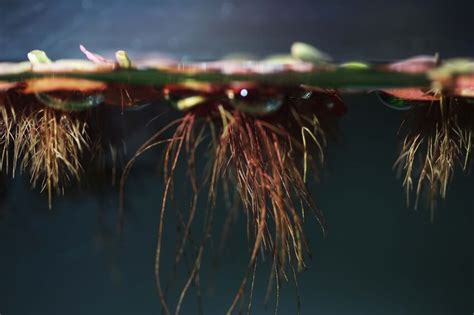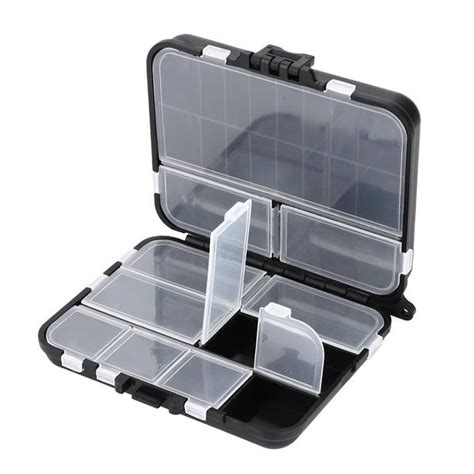Maintaining a healthy environment for aquatic life like the Red Root Floater is crucial, with optimal temperatures ranging between 72-80F (22–26C) for thriving conditions. Attaching a waggler to your fishing line usually involves pinching a split shot on either side of the float. Stress in fish, often evidenced by spasms or shimmying, can be attributed to poor water quality, impacting their nerve and muscle control. When using flat floats for fishing, light lines and small hooks are not necessary; this approach is quite direct.
For fishing at certain depths, loose feed is generally preferred, although groundbait can be effective in combination with a bulk rig. In creating your own fishing gear, materials like balsa wood, a sharp craft knife, super glue, a small paint brush, swivels, a baiting drill, clear varnish, and a junior hacksaw are essential. The design of the float should include a line passing through its body for added strength and a thick fibre bristle for visibility and sensitivity. Pear-shaped pole floats, being more sensitive, are ideal for lighter baits like maggots or bread in calmer waters.
For preventing tangling, use a small piece of your mainline or a slightly thicker fishing line for the stop knot. Advanced fishing rods feature a balanced lightweight blank, custom-spaced guides, full cork handles, and hook keeper rings. Eye floaters, or Myodesopsias, occur when the vitreous humor in the eyes changes consistency. To improve fish digestion, feeding skinned and cooked peas, rich in fibre, is recommended.
Since 2016, regulations have limited anglers’ rights to target and retain bass, reflecting changing environmental concerns. The swim bladder is essential for fish to float and swim upright. Glass items like vases, lamp globes, or fish tanks can be creatively repurposed into DIY fishing floats. Propagating Java moss involves attaching a cut piece from a healthy plant to wood or mesh.
Proper feeding portions are critical in fish care, with 1-2 pellets of food 1-2 times a day being sufficient. Fishing floats, including Electric LED and Lightstick varieties, aid in nighttime fishing. Freshwater, home to almost half of all fish species, comprises less than 3% of Earth’s water. Historical evidence suggests the use of glass floats in Scandinavia dates back to the 1840s.
Eye floater symptoms include seeing small shapes or transparent strings in vision. Shotting patterns for wagglers typically involve placing 80% of the weight around the float. Giant Hairgrass is a low-maintenance plant ideal for aquarium backgrounds. Float fishing is effective in 3 to 15 feet deep rivers for catching trout, steelhead, and salmon. Fish typically sink upon death but become buoyant during decomposition. The story of the Friendly Floatees, a shipment of 29000 rubber ducks lost at sea in 1992, offers a unique educational perspective.
Stress, poor water quality, pregnancy, and swim bladder disease can lead to fish health issues. Sinking foods like Tetra Gold Japan, Hikari Lionhead, Saki Hikari, and frozen foods such as bloodworm, Daphnia, and brineshrimp are recommended for fish diets. Fishing floats, or bobbers, are essential lightweight buoys in angling.


